Code
HCS21650
Weight
552 gm / 1.22 lbs
Size
Height
13cm (5") Width
11cm (4") Depth
6cm (2") Material
Copper
Availability
Subject to Availability
Date Added
2020-09-30 11:35:32
Note : We used to sell this product 5 years ago so it may no longer be in our stock.
It is possible that we still have it with our suppliers but the price could be different from before.
Feel free to order. We will verify availability and inform you promptly.
It is possible that we still have it with our suppliers but the price could be different from before.
Feel free to order. We will verify availability and inform you promptly.

Safe Payment
We accept Paypal, Money Transfer, Bank Transfer
Confidence
Protection covers your purchase and personal data.
Worldwide Delivery
We ship Worldwide, except Russia.Shipping cost US$25.2 for upto 0.5 kgs

Hotline
Talk to help line for your question on 9841267335About Sacred Serenity Collection
This is a beautiful old Buddhist statue that carries a deep sense of spirituality and craftsmanship. These statues were made around 15 to 20 years ago and are crafted from pure copper. If the statue has gold, it has a thick layer of gold plating, unlike modern statues where using a lot of gold is expensive.
Skilled artisans, who were well-versed in religious teachings, made these statues. They followed traditional guidelines and sacred texts to create each statue with precise expressions and postures. The artisans believed they were creating representations of gods rather than just ordinary figures. This unique perspective is reflected in the statues themselves. Read More . . .
This is a beautiful old Buddhist statue that carries a deep sense of spirituality and craftsmanship. These statues were made around 15 to 20 years ago and are crafted from pure copper. If the statue has gold, it has a thick layer of gold plating, unlike modern statues where using a lot of gold is expensive.
Skilled artisans, who were well-versed in religious teachings, made these statues. They followed traditional guidelines and sacred texts to create each statue with precise expressions and postures. The artisans believed they were creating representations of gods rather than just ordinary figures. This unique perspective is reflected in the statues themselves. Read More . . .
Gold Painted Face
The face of [old Stock], Tibetan Statue Of Tsongkhapa, [partly Gold Plated], [painted Face], Last Piece is painted with gold to enhance its significant features, particularly the eyes, and lips. This detailed painting is essential as it brings forth the crucial attributes of the expression of eyes and lips that metal carving alone cannot capture.
Moreover, the painted face serves as a symbolic and sacred ritual in Buddhism, preparing the statue for consecration and practice. The act of painting the face with gold in Buddhism holds deep meaning. It represents the intention to bring life and expression to the statue, imbuing it with a sense of vitality and presence. The application of gold on the face showcases the devotion and craftsmanship of the artisans, ensuring that every detail is carefully attended to honor the sacred essence of the [old Stock], Tibetan Statue Of Tsongkhapa, [partly Gold Plated], [painted Face], Last Piece. Read More . . .
The face of [old Stock], Tibetan Statue Of Tsongkhapa, [partly Gold Plated], [painted Face], Last Piece is painted with gold to enhance its significant features, particularly the eyes, and lips. This detailed painting is essential as it brings forth the crucial attributes of the expression of eyes and lips that metal carving alone cannot capture.
Moreover, the painted face serves as a symbolic and sacred ritual in Buddhism, preparing the statue for consecration and practice. The act of painting the face with gold in Buddhism holds deep meaning. It represents the intention to bring life and expression to the statue, imbuing it with a sense of vitality and presence. The application of gold on the face showcases the devotion and craftsmanship of the artisans, ensuring that every detail is carefully attended to honor the sacred essence of the [old Stock], Tibetan Statue Of Tsongkhapa, [partly Gold Plated], [painted Face], Last Piece. Read More . . .
Partly Gold plating.
This [old Stock], Tibetan Statue Of Tsongkhapa, [partly Gold Plated], [painted Face], Last Piece has a Partly gold-plated finish. Partly fire gold gilding, a common practice in Nepali handicrafts. This technique is skillfully employed by artisans to create intricate designs on various metal objects, including statues, jewelry, and decorative items. Through a process, a mask or resist is applied to safeguard specific areas from the gold plating. The object is then subjected to high temperatures, allowing the gold to beautifully adhere to exposed surfaces using a combination of heat and pressure.
In the realm of Buddhist statues, this technique holds additional significance as it distinguishes the golden-plated body from the oxidized or maroon-painted clothing. This visual separation conveys the contrast between the divine purity of the body and the modest attire symbolizing the humble lifestyle of Buddhist monks. The partly fire gold gilding not only adds exquisite detail and elegance but also embodies the deep cultural and spiritual meaning associated with these treasured artifacts. Read More . . .
This [old Stock], Tibetan Statue Of Tsongkhapa, [partly Gold Plated], [painted Face], Last Piece has a Partly gold-plated finish. Partly fire gold gilding, a common practice in Nepali handicrafts. This technique is skillfully employed by artisans to create intricate designs on various metal objects, including statues, jewelry, and decorative items. Through a process, a mask or resist is applied to safeguard specific areas from the gold plating. The object is then subjected to high temperatures, allowing the gold to beautifully adhere to exposed surfaces using a combination of heat and pressure.
In the realm of Buddhist statues, this technique holds additional significance as it distinguishes the golden-plated body from the oxidized or maroon-painted clothing. This visual separation conveys the contrast between the divine purity of the body and the modest attire symbolizing the humble lifestyle of Buddhist monks. The partly fire gold gilding not only adds exquisite detail and elegance but also embodies the deep cultural and spiritual meaning associated with these treasured artifacts. Read More . . .
Lost-Wax System
This Collection of [old Stock], Tibetan Statue Of Tsongkhapa, [partly Gold Plated], [painted Face], Last Piece is made by the process of the Lost Wax system. This is a very complicated, time consuming and historic process of making metal sculptures.Which is why it is sometimes called Precision Casting as well. Hence the sculptures made by this process are comparatively expensive. There are many new, advanced and less time consuming methods of casting metal sculptures available as well. But due to the benefits provided by the traditional lost wax system in quality control and customization, we prefer the Loss wax system over Ceramic molding, or sand casting to make our Collection.
Below we have tried to illustrate the process of making a loss wax system statue: Read More . . .
This Collection of [old Stock], Tibetan Statue Of Tsongkhapa, [partly Gold Plated], [painted Face], Last Piece is made by the process of the Lost Wax system. This is a very complicated, time consuming and historic process of making metal sculptures.Which is why it is sometimes called Precision Casting as well. Hence the sculptures made by this process are comparatively expensive. There are many new, advanced and less time consuming methods of casting metal sculptures available as well. But due to the benefits provided by the traditional lost wax system in quality control and customization, we prefer the Loss wax system over Ceramic molding, or sand casting to make our Collection.
Below we have tried to illustrate the process of making a loss wax system statue: Read More . . .
Brief Introduction :
Tsongkhapa usually taken to mean "the Man from Onion Valley", born in Amdo, was a famous teacher of Tibetan Buddhism whose activities led to the formation of the Gelug school of Tibetan Buddhism. He is also known by his ordained name Losang Drakpa (Wylie: blo bzang grags pa) or simply as "Je Rinpoche" (Wylie: rje rin po che). Also, he is known by the Chinese as Zongkapa Lobsang Zhaba, He was the son of a Tibetan Longben Tribal leader who also once served as an official of the Yuan Dynasty of China.
In his two main treatises, the Lamrim Chenmo (Wylie: lam rim chen mo) and Ngakrim Chenmo (Wylie: sngags rim chen mo), Tsongkhapa meticulously sets forth this graduated way and how one establishes oneself in the paths of sutra and tantra.
Life History :In his two main treatises, the Lamrim Chenmo (Wylie: lam rim chen mo) and Ngakrim Chenmo (Wylie: sngags rim chen mo), Tsongkhapa meticulously sets forth this graduated way and how one establishes oneself in the paths of sutra and tantra.
<strong>Early Life</strong>
With a Mongolian father and a Tibetan mother, Tsongkhapa was born into a nomadic family in the walled city of Tsongkhapa in Amdo, Tibet (present-day Haidong and Xining, Qinghai) in 1357. It is said that the Buddha Sakyamuni spoke of his coming as an emanation of the Bodhisattva Manjusri in the short verse from the Root Tantra of Manjushri (Wylie: 'jam dpal rtsa rgyud):
After I pass away
And my pure doctrine is absent,
You will appear as an ordinary being,
Performing the deeds of a Buddha
And establishing the Joyful Land, the great Protector,
In the Land of the Snows.
According to hagiographic accounts, Tsongkhapa's birth was prophesied by the 12th abbot of the Snar thang monastery and was recognized as such at a young age, taking the lay vows at the age of three before Rolpe Dorje, 4th Karmapa Lama, and was named Künga Nyingpo (Wylie: kun dga' snying po). At the age of seven, he was ordained as a ?r?ma?era by Döndrup Rinchen (Wylie: don grub rin chen, 1309â1385), the first abbott of Jakhyung Monastery (Wylie: bya khyung brag), and was given the ordination name Losang Drakpa (Wylie: blo bzang grags pa).
<strong>Monastic career</strong>
It was at this early age that he was able to receive the empowerments of Heruka, Hevajra, and Yamantaka, three of the most prominent wrathful deities of Tibetan Buddhism, as well as being able to recite a great many Sutras, not the least of which was Mañju?r?n?masamg?ti. He would go on to be a great student of the Vinaya, the doctrine of behavior, and even later of the Six Yogas of Naropa, the Kalachakra tantra, and the practice of Mahamudra. At the age of 24, he received full ordination as a monk of the Sakya school.
From Zhönnu Lodrö (Wylie: gzhon nu blo gros) and Rendawa (Wylie: red mda' pa), he received the lineage of the Pramanavarttika transmitted by Sakya Pandita. He mastered all the courses of study at Drigung kagyud Monastery in Ã-Tsang.
As an emanation of Manjusri, Tsongkhapa is said to have been of "one mind" with Ati?a, received the Kadam lineages and studied the major Sarma tantras under Sakya and Kagyu masters. He also studied with a Nyingma teacher, the siddha Lek gyi Dorjé (Wylie: legs gyi rdo rje) and the abbot of Shalu Monastery, Chö kyi Pel (Wylie: zhwa lus pa chos kyi dpal), and his main Dzogchen master was Drupchen Lekyi Dorje (Wylie: grub chen las kyi rdo je), also known as Namkha Gyaltsen (Wylie: nam mkha' rgyal mtshan, 1326â1401).
In addition to his studies, he engaged in extensive meditation retreats. He is reputed to have performed millions of prostrations, mandala offerings, and other forms of purification practice. Tsongkhapa often had visions of i??adevat?s, especially of Manjusri, with whom he would communicate directly to clarify difficult points of the scriptures.
<strong>Monastic career</strong>
It was at this early age that he was able to receive the empowerments of Heruka, Hevajra, and Yamantaka, three of the most prominent wrathful deities of Tibetan Buddhism, as well as being able to recite a great many Sutras, not the least of which was Mañju?r?n?masamg?ti. He would go on to be a great student of the vinaya, the doctrine of behaviour, and even later of the Six Yogas of Naropa, the Kalachakra tantra, and the practice of Mahamudra. At the age of 24, he received full ordination as a monk of the Sakya school.
From Zhönnu Lodrö (Wylie: gzhon nu blo gros) and Rendawa (Wylie: red mda' pa), he received the lineage of the Pramanavarttika transmitted by Sakya Pandita. He mastered all the courses of study at Drigung kagyud Monastery in Ã-Tsang.
As an emanation of Manjusri, Tsongkhapa is said have been of "one mind" with Ati?a, received the Kadam lineages and studied the major Sarma tantras under Sakya and Kagyu masters. He also studied with a Nyingma teacher, the siddha Lek gyi Dorjé (Wylie: legs gyi rdo rje) and the abbot of Shalu Monastery, Chö kyi Pel (Wylie: zhwa lus pa chos kyi dpal), and his main Dzogchen master was Drupchen Lekyi Dorje (Wylie: grub chen las kyi rdo je), also known as Namkha Gyaltsen (Wylie: nam mkha' rgyal mtshan, 1326â1401).
In addition to his studies, he engaged in extensive meditation retreats. He is reputed to have performed millions of prostrations, mandala offerings and other forms of purification practice. Tsongkhapa often had visions of i??adevat?s, especially of Manjusri, with whom he would communicate directly to clarify difficult points of the scriptures.
<strong>Death</strong>
Tsongkhapa died in 1419 at the age of sixty-two. After his death several biographies were written by Lamas of different traditions. Wangchuk Dorje, 9th Karmapa Lama, praised Tsongkhapa as one "who swept away wrong views with the correct and perfect ones." Mikyö Dorje, 8th Karmapa Lama, wrote in his poem In Praise of the Incomparable Tsong Khapa:
When the teachings of the Sakya, Kagyue, Kadam
And Nyingma sects in Tibet were declining,
You, O Tsong Khapa, revived Buddha's Doctrine,
Hence I sing this praise to you of Ganden Mountain.
With a Mongolian father and a Tibetan mother, Tsongkhapa was born into a nomadic family in the walled city of Tsongkhapa in Amdo, Tibet (present-day Haidong and Xining, Qinghai) in 1357. It is said that the Buddha Sakyamuni spoke of his coming as an emanation of the Bodhisattva Manjusri in the short verse from the Root Tantra of Manjushri (Wylie: 'jam dpal rtsa rgyud):
After I pass away
And my pure doctrine is absent,
You will appear as an ordinary being,
Performing the deeds of a Buddha
And establishing the Joyful Land, the great Protector,
In the Land of the Snows.
According to hagiographic accounts, Tsongkhapa's birth was prophesied by the 12th abbot of the Snar thang monastery and was recognized as such at a young age, taking the lay vows at the age of three before Rolpe Dorje, 4th Karmapa Lama, and was named Künga Nyingpo (Wylie: kun dga' snying po). At the age of seven, he was ordained as a ?r?ma?era by Döndrup Rinchen (Wylie: don grub rin chen, 1309â1385), the first abbott of Jakhyung Monastery (Wylie: bya khyung brag), and was given the ordination name Losang Drakpa (Wylie: blo bzang grags pa).
<strong>Monastic career</strong>
It was at this early age that he was able to receive the empowerments of Heruka, Hevajra, and Yamantaka, three of the most prominent wrathful deities of Tibetan Buddhism, as well as being able to recite a great many Sutras, not the least of which was Mañju?r?n?masamg?ti. He would go on to be a great student of the Vinaya, the doctrine of behavior, and even later of the Six Yogas of Naropa, the Kalachakra tantra, and the practice of Mahamudra. At the age of 24, he received full ordination as a monk of the Sakya school.
From Zhönnu Lodrö (Wylie: gzhon nu blo gros) and Rendawa (Wylie: red mda' pa), he received the lineage of the Pramanavarttika transmitted by Sakya Pandita. He mastered all the courses of study at Drigung kagyud Monastery in Ã-Tsang.
As an emanation of Manjusri, Tsongkhapa is said to have been of "one mind" with Ati?a, received the Kadam lineages and studied the major Sarma tantras under Sakya and Kagyu masters. He also studied with a Nyingma teacher, the siddha Lek gyi Dorjé (Wylie: legs gyi rdo rje) and the abbot of Shalu Monastery, Chö kyi Pel (Wylie: zhwa lus pa chos kyi dpal), and his main Dzogchen master was Drupchen Lekyi Dorje (Wylie: grub chen las kyi rdo je), also known as Namkha Gyaltsen (Wylie: nam mkha' rgyal mtshan, 1326â1401).
In addition to his studies, he engaged in extensive meditation retreats. He is reputed to have performed millions of prostrations, mandala offerings, and other forms of purification practice. Tsongkhapa often had visions of i??adevat?s, especially of Manjusri, with whom he would communicate directly to clarify difficult points of the scriptures.
<strong>Monastic career</strong>
It was at this early age that he was able to receive the empowerments of Heruka, Hevajra, and Yamantaka, three of the most prominent wrathful deities of Tibetan Buddhism, as well as being able to recite a great many Sutras, not the least of which was Mañju?r?n?masamg?ti. He would go on to be a great student of the vinaya, the doctrine of behaviour, and even later of the Six Yogas of Naropa, the Kalachakra tantra, and the practice of Mahamudra. At the age of 24, he received full ordination as a monk of the Sakya school.
From Zhönnu Lodrö (Wylie: gzhon nu blo gros) and Rendawa (Wylie: red mda' pa), he received the lineage of the Pramanavarttika transmitted by Sakya Pandita. He mastered all the courses of study at Drigung kagyud Monastery in Ã-Tsang.
As an emanation of Manjusri, Tsongkhapa is said have been of "one mind" with Ati?a, received the Kadam lineages and studied the major Sarma tantras under Sakya and Kagyu masters. He also studied with a Nyingma teacher, the siddha Lek gyi Dorjé (Wylie: legs gyi rdo rje) and the abbot of Shalu Monastery, Chö kyi Pel (Wylie: zhwa lus pa chos kyi dpal), and his main Dzogchen master was Drupchen Lekyi Dorje (Wylie: grub chen las kyi rdo je), also known as Namkha Gyaltsen (Wylie: nam mkha' rgyal mtshan, 1326â1401).
In addition to his studies, he engaged in extensive meditation retreats. He is reputed to have performed millions of prostrations, mandala offerings and other forms of purification practice. Tsongkhapa often had visions of i??adevat?s, especially of Manjusri, with whom he would communicate directly to clarify difficult points of the scriptures.
<strong>Death</strong>
Tsongkhapa died in 1419 at the age of sixty-two. After his death several biographies were written by Lamas of different traditions. Wangchuk Dorje, 9th Karmapa Lama, praised Tsongkhapa as one "who swept away wrong views with the correct and perfect ones." Mikyö Dorje, 8th Karmapa Lama, wrote in his poem In Praise of the Incomparable Tsong Khapa:
When the teachings of the Sakya, Kagyue, Kadam
And Nyingma sects in Tibet were declining,
You, O Tsong Khapa, revived Buddha's Doctrine,
Hence I sing this praise to you of Ganden Mountain.


![[old Stock], Tibetan Statue Of Tsongkhapa, [partly Gold Plated], [painted Face], Last Piece](https://handicraftseller.com/uploads/pics/product/thumb/2020/09/21650.jpg)
![[old Stock], Tibetan Statue Of Tsongkhapa, [partly Gold Plated], [painted Face], Last Piece](https://handicraftseller.com/uploads/pics/product/thumb/2020/09/21650_0.jpg)
![[old Stock], Tibetan Statue Of Tsongkhapa, [partly Gold Plated], [painted Face], Last Piece](https://handicraftseller.com/uploads/pics/product/thumb/2020/09/21650_1.jpg)
![[old Stock], Tibetan Statue Of Tsongkhapa, [partly Gold Plated], [painted Face], Last Piece](https://handicraftseller.com/uploads/pics/product/thumb/2020/09/21650_2.jpg)


























































 Old Stock, Tibetan Statue
Old Stock, Tibetan Statue 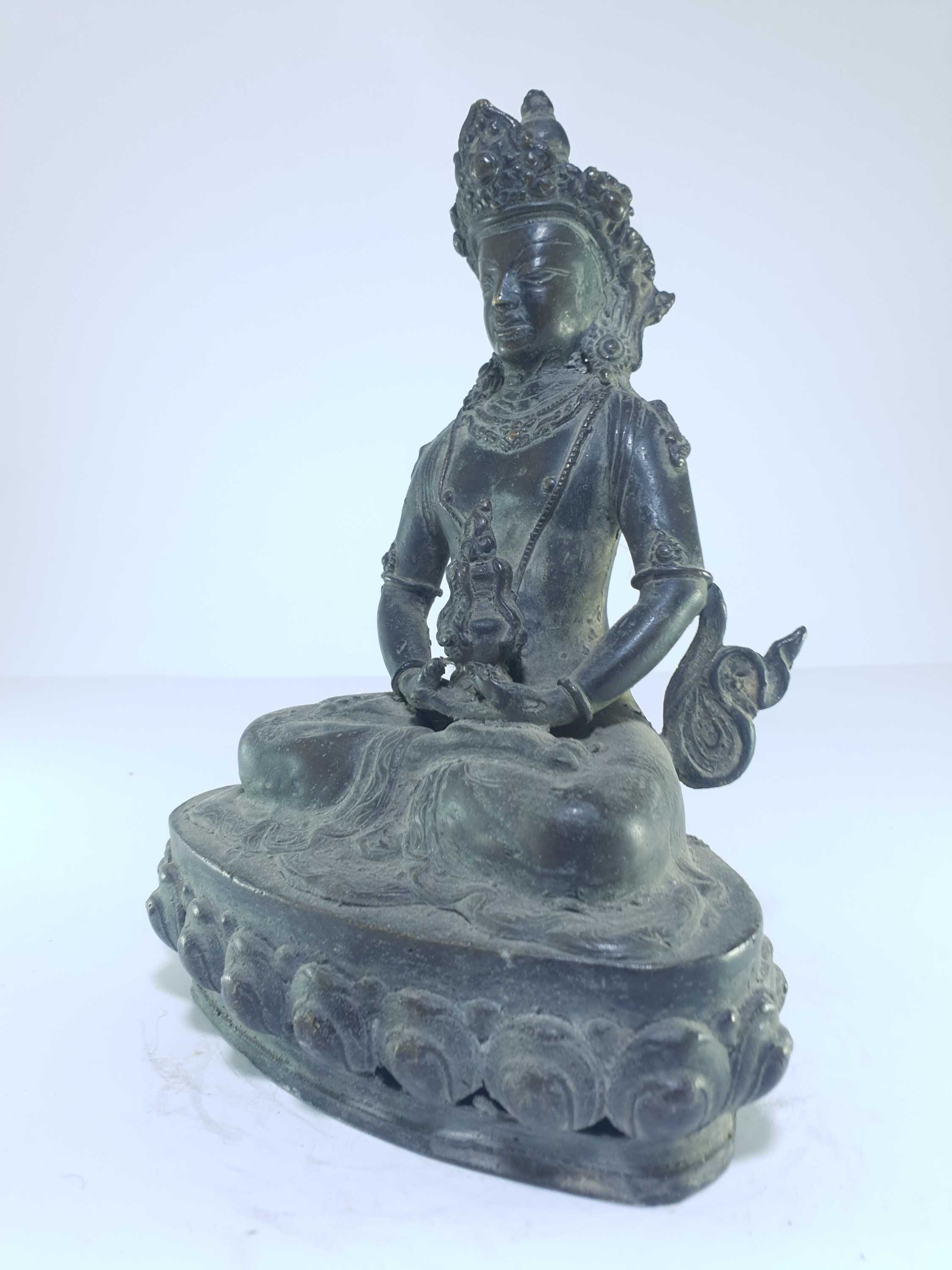 Old Stock, Tibetan Statue
Old Stock, Tibetan Statue  Old Stock, Tibetan Statue
Old Stock, Tibetan Statue  Old Stock, Tibetan Statue
Old Stock, Tibetan Statue 
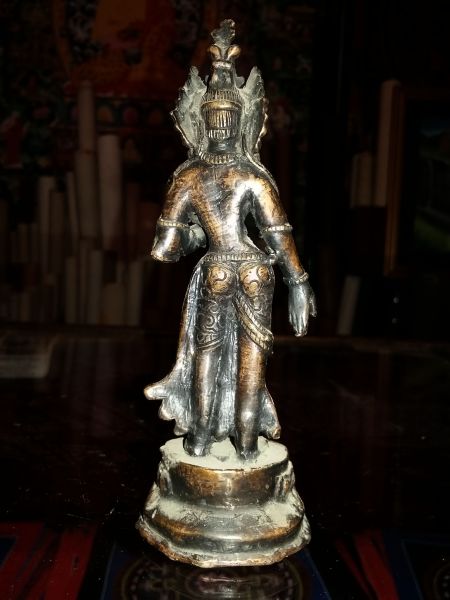
 Old Stock, Tibetan Statue
Old Stock, Tibetan Statue  Old Stock, Tibetan Statue
Old Stock, Tibetan Statue  of Amitabha Buddha,
of Amitabha Buddha,  of Amitabha Buddha,
of Amitabha Buddha, 

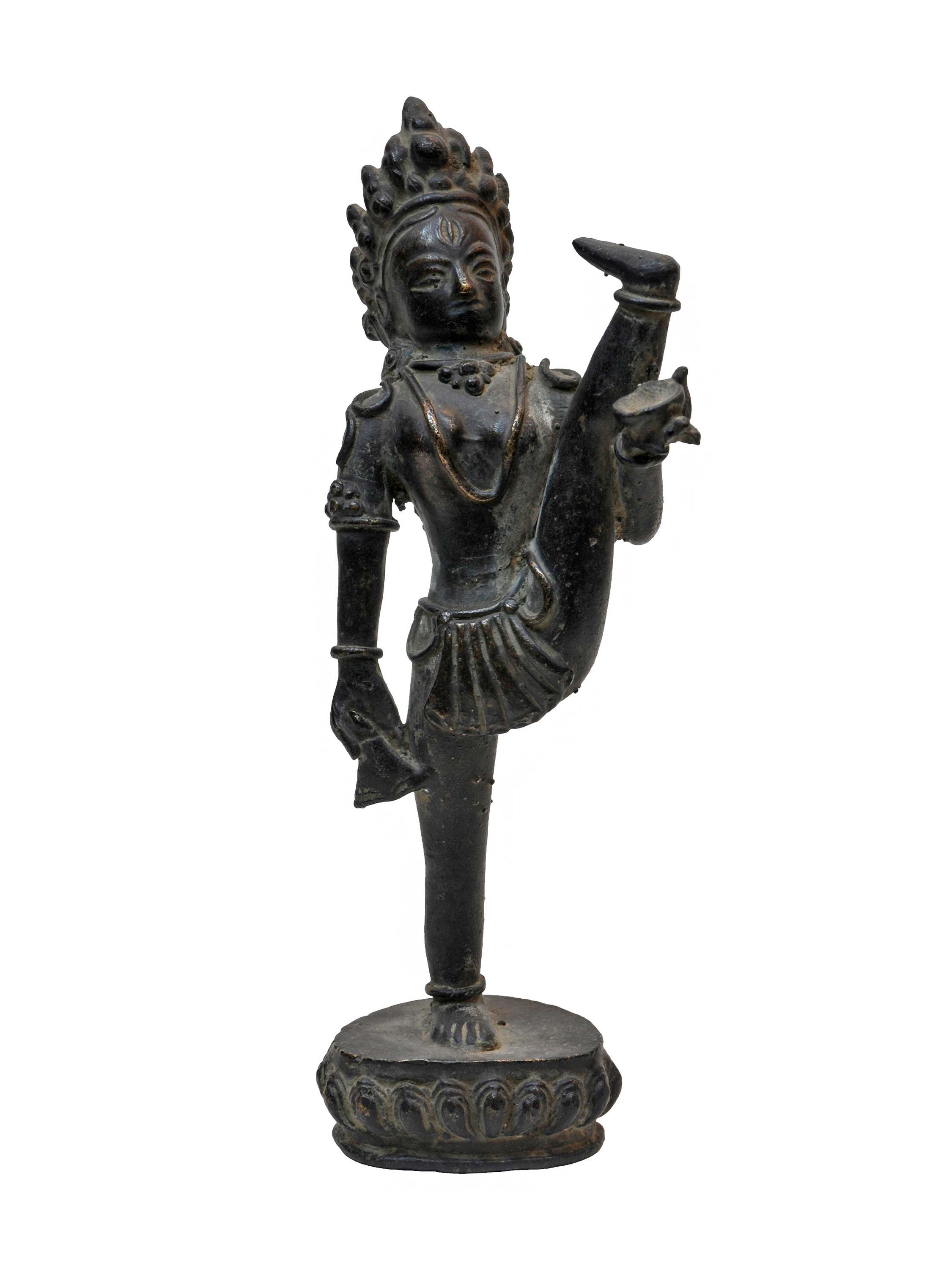 Old Buddhist Handmade Statue
Old Buddhist Handmade Statue 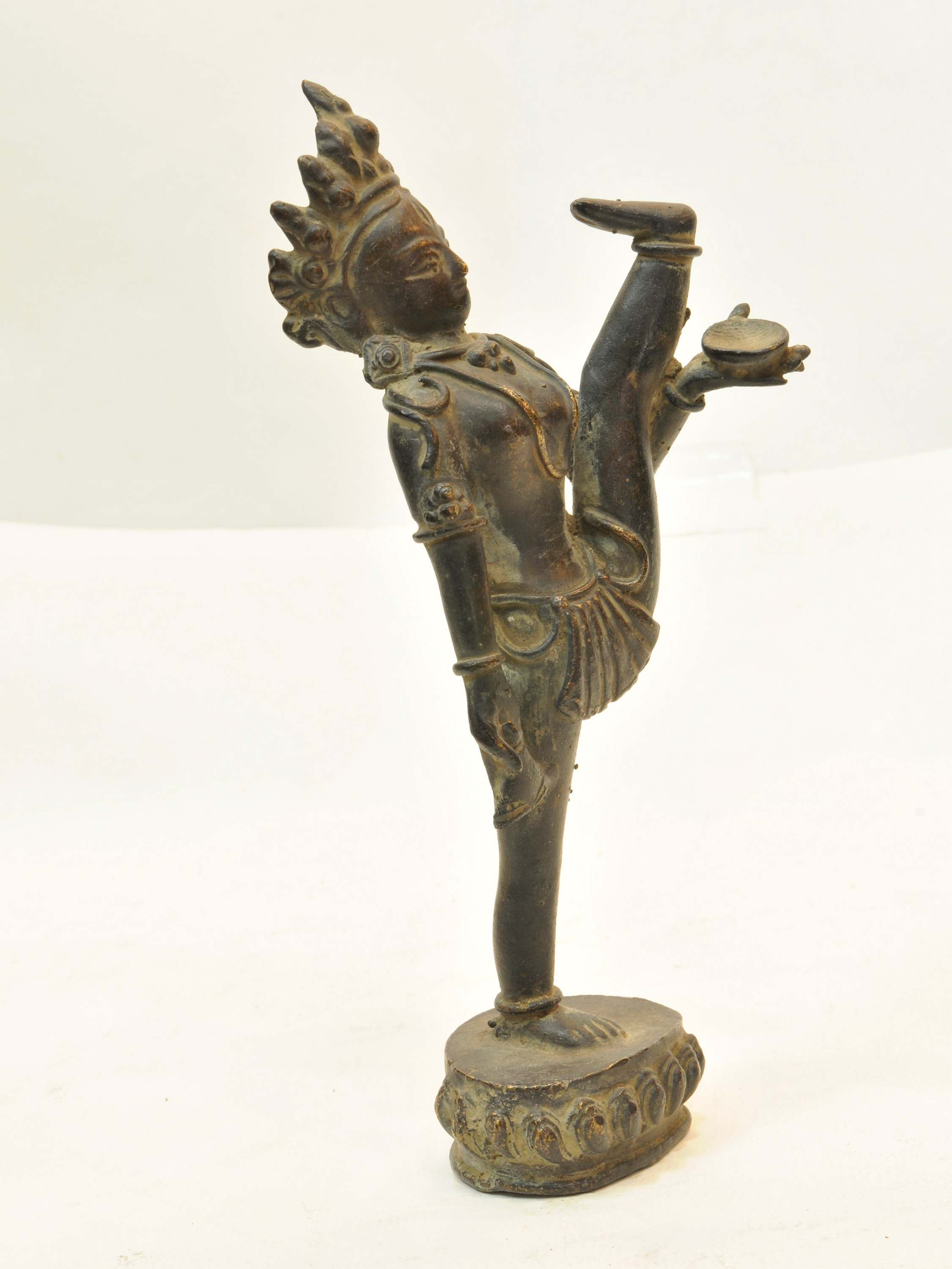 Old Buddhist Handmade Statue
Old Buddhist Handmade Statue 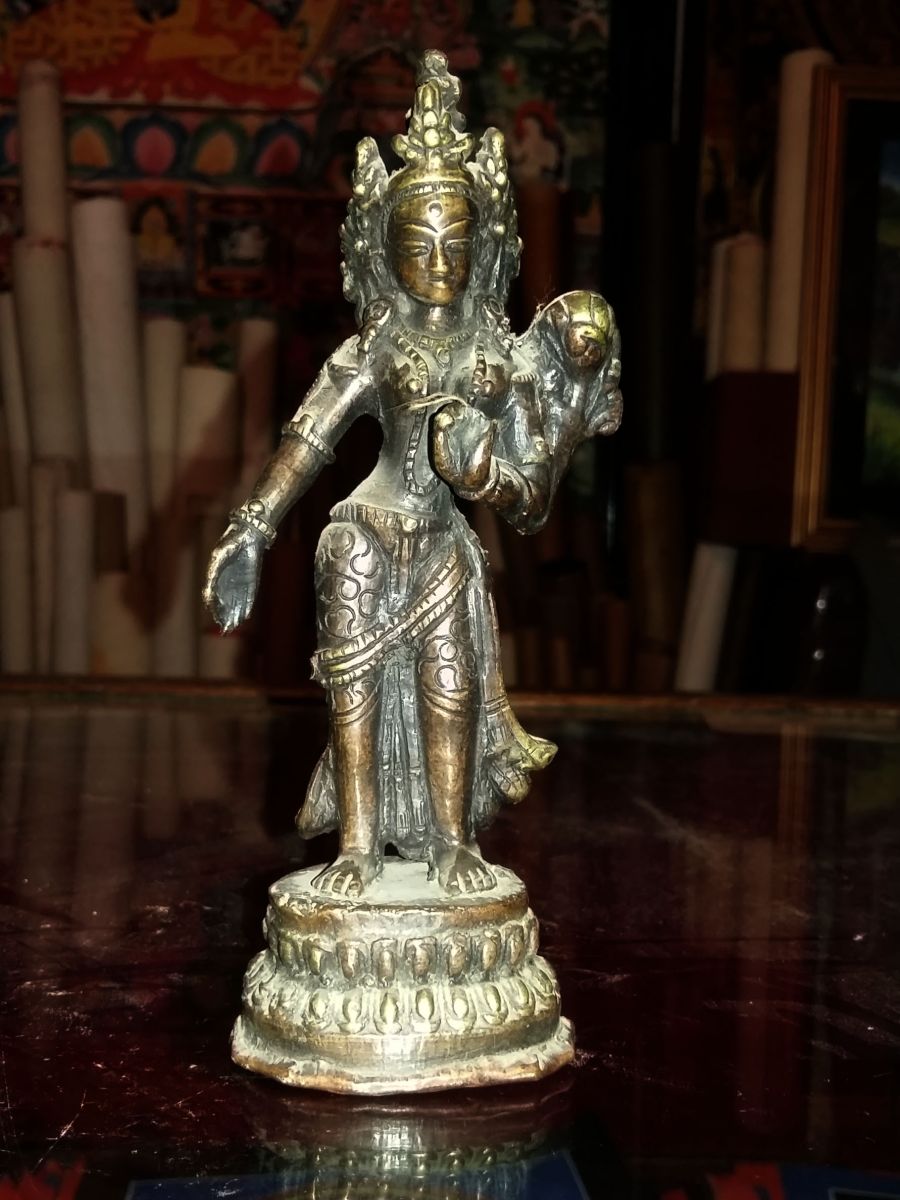
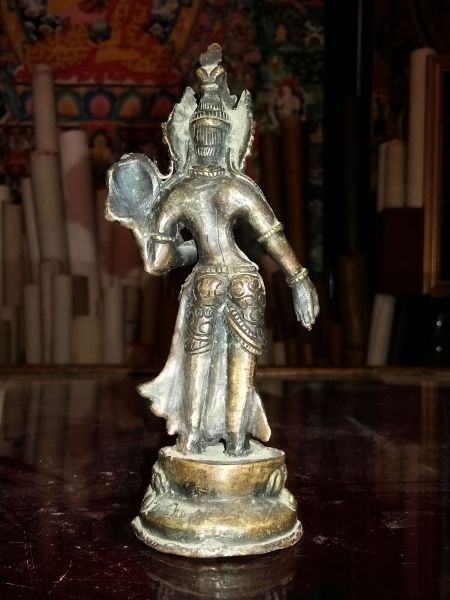
 Old Stock, Medicine Buddha Statue, A Buddhist Handmade Statue, Partially Gold Plated, Face Painted,
Old Stock, Medicine Buddha Statue, A Buddhist Handmade Statue, Partially Gold Plated, Face Painted, 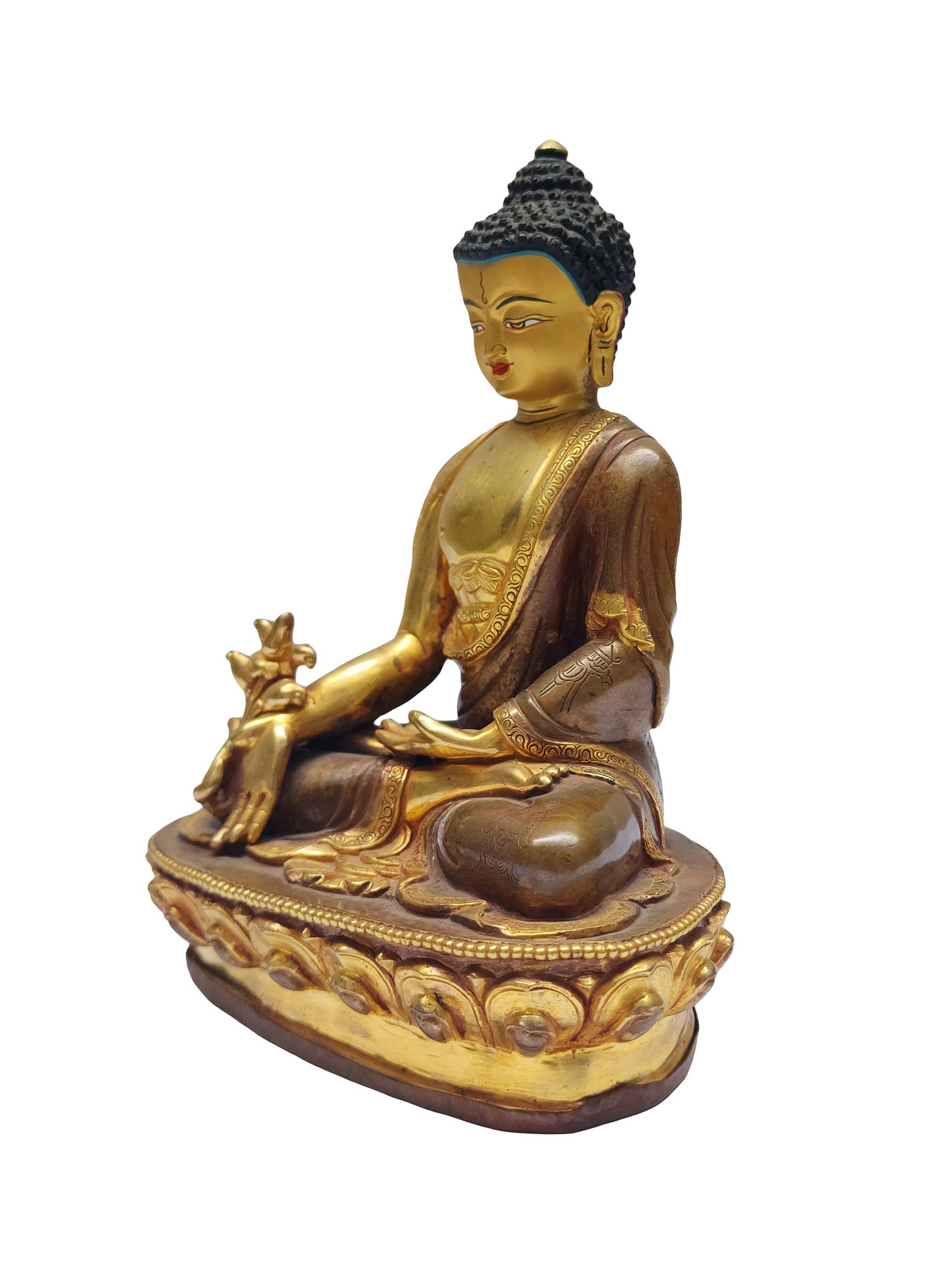 Old Stock, Medicine Buddha Statue, A Buddhist Handmade Statue, Partially Gold Plated, Face Painted,
Old Stock, Medicine Buddha Statue, A Buddhist Handmade Statue, Partially Gold Plated, Face Painted,  Rare Find, Old Statue
Rare Find, Old Statue 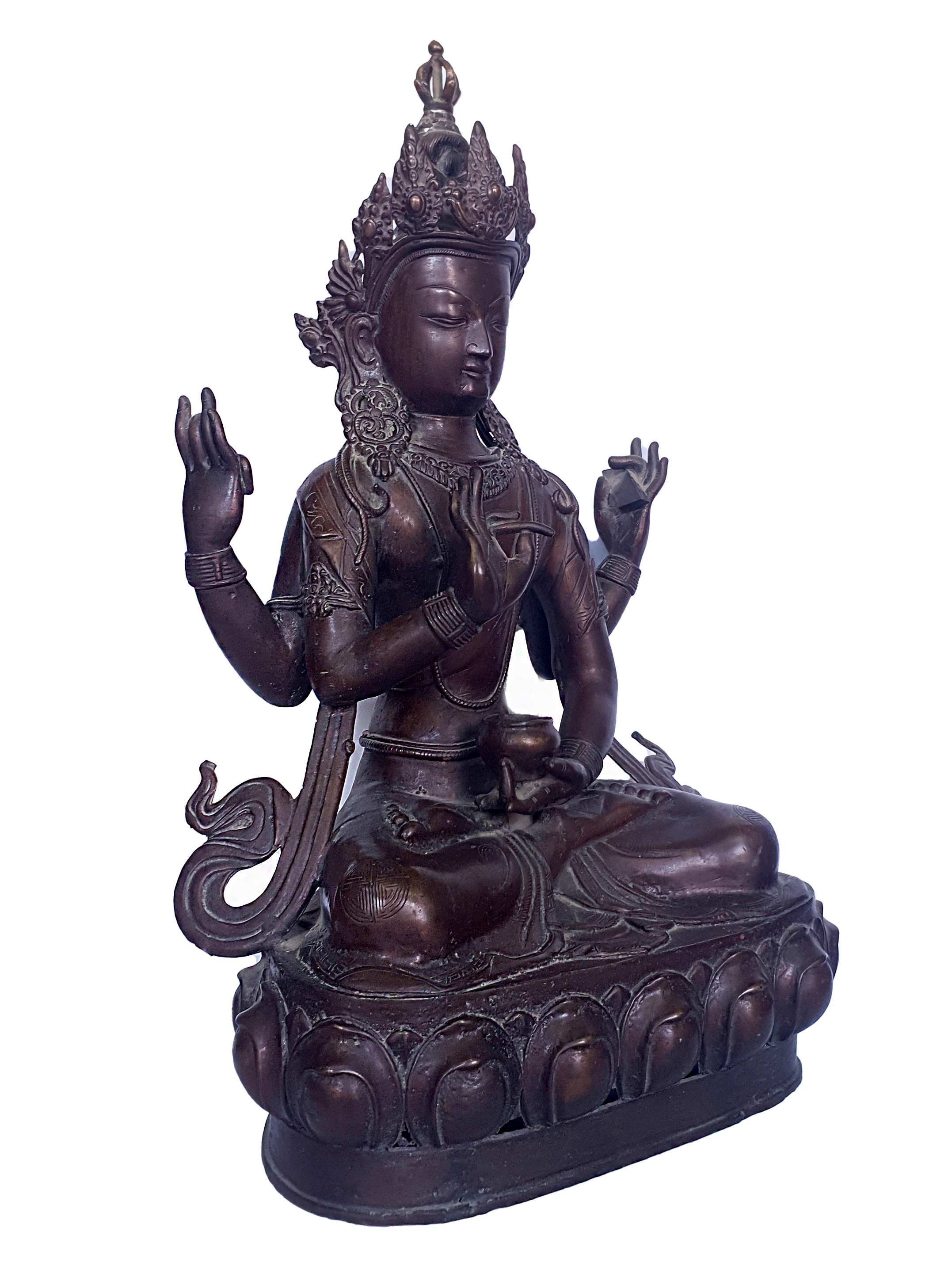 Rare Find, Old Statue
Rare Find, Old Statue